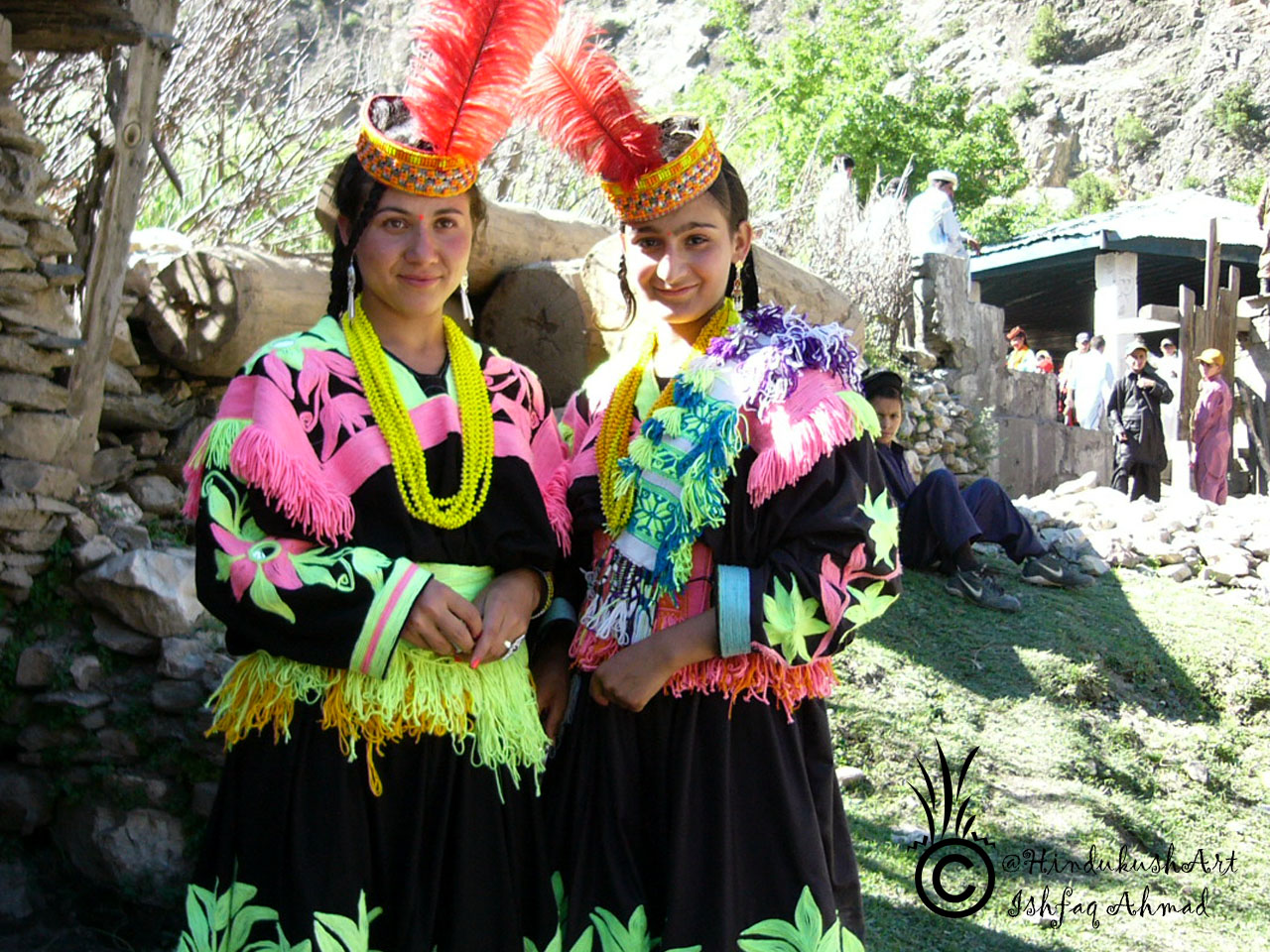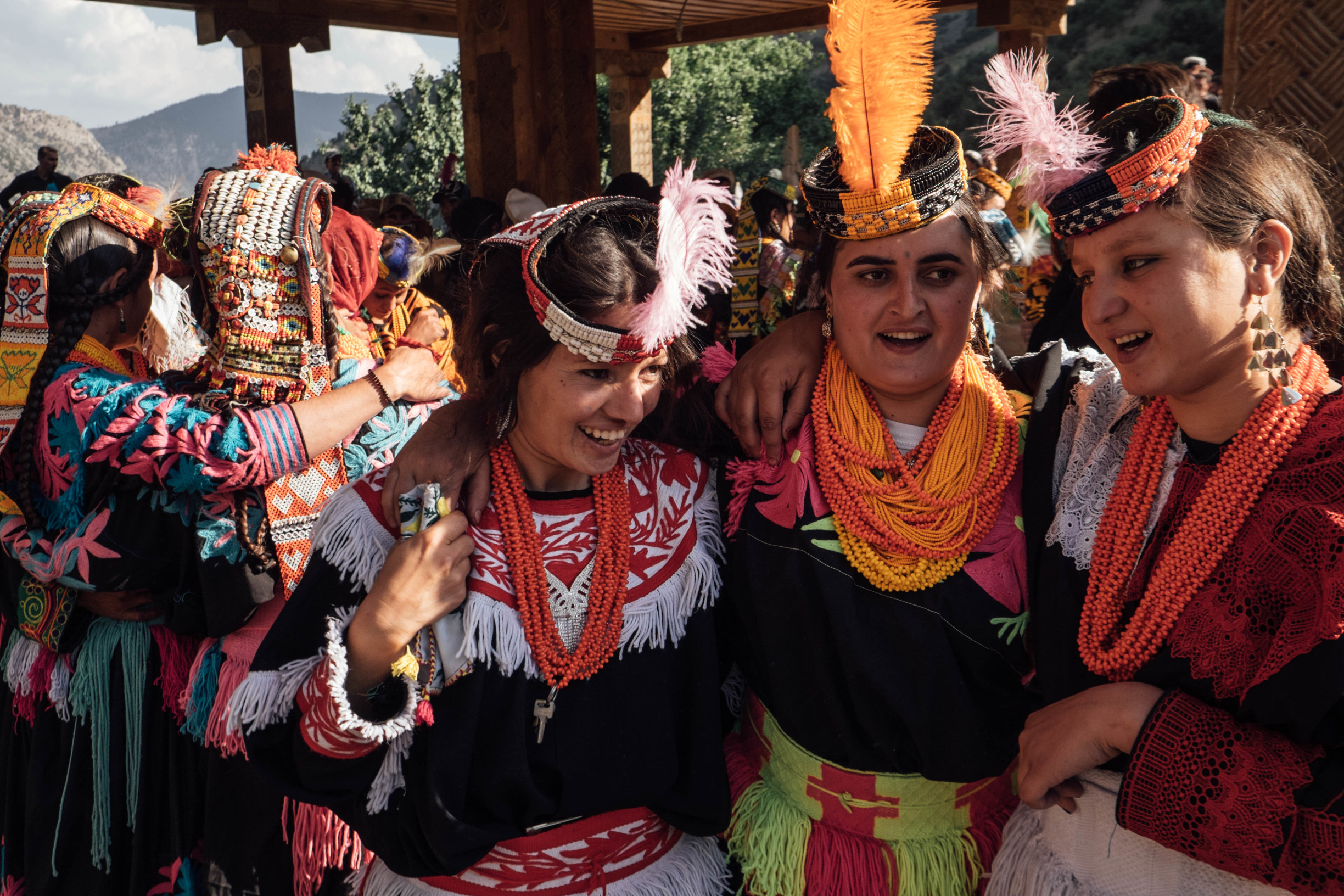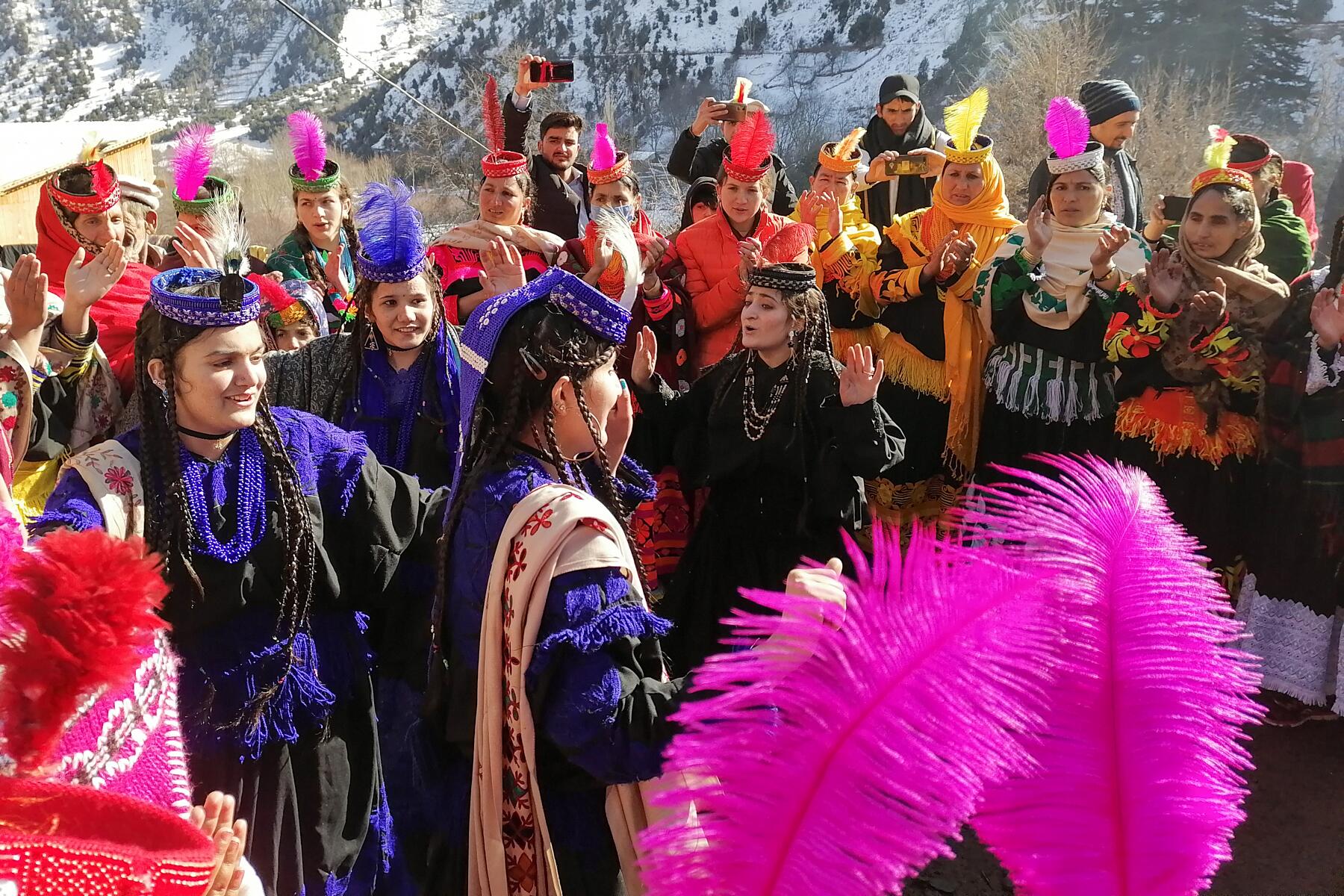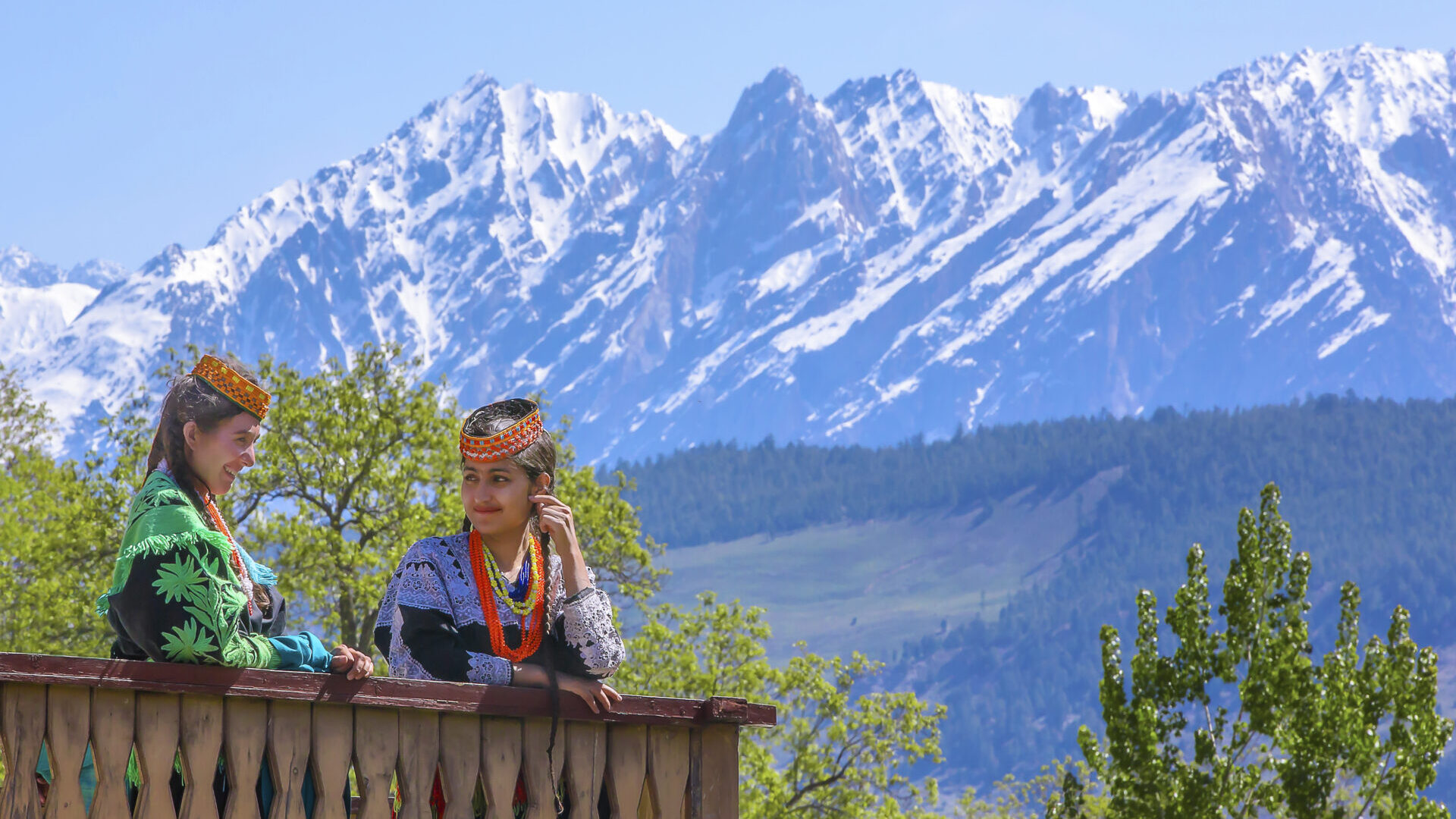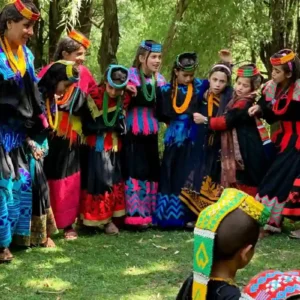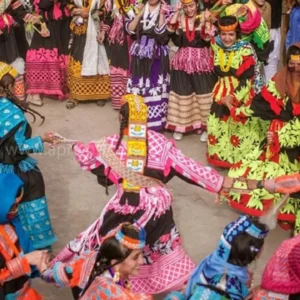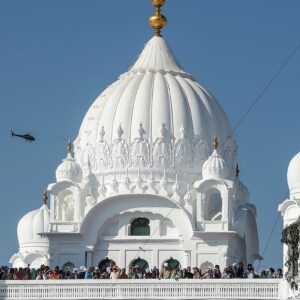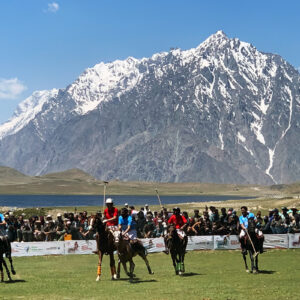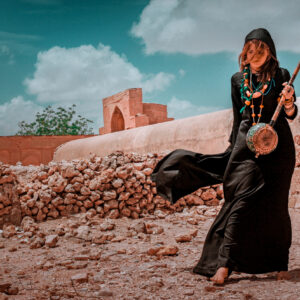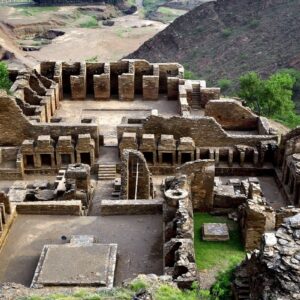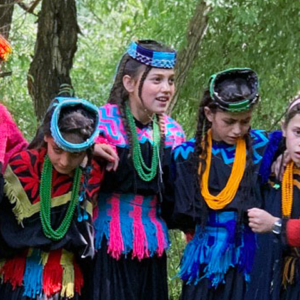The Tribes of the Hindukush: A Journey Through Culture and Traditionx
Description
The Hindukush mountain range, stretching across Afghanistan and northern Pakistan, is not only known for its rugged beauty and towering peaks but also for the diverse tribes that have called this region home for centuries. These tribes, each with their unique customs, languages, and traditions, offer a glimpse into a way of life that has remained largely untouched by the rapid changes of the modern world.
Major Tribes of the Hindukush
1. The Kalash
The Kalash people, often referred to as the last of the pagan tribes of the Hindukush reside in three remote valleys—Bumburet, Rumbur, and Birir—located in the Chitral District of Pakistan. The Kalash are known for their vibrant festivals, colorful traditional attire, and polytheistic beliefs. They have a rich oral history, passed down through generations, and their festivals like Chilam Joshi, Uchau, and Choimus are celebrated with music, dance, and rituals that honor their gods and ancestors.
2. The Nuristani
The Nuristani people inhabit the remote valleys of eastern Afghanistan, particularly in the province of Nuristan. Formerly known as the Kafirs of the Hindukush, they were converted to Islam in the late 19th century. Despite this, the Nuristani have preserved many of their ancient customs and languages, which are part of the Indo-Iranian language family. Their society is known for its intricate wood carvings, traditional dwellings, and a strong sense of community.
3. The Kho
The Kho people are the dominant ethnic group in the Chitral region of Pakistan. They speak Khowar, a Dardic language, and have a rich cultural heritage that includes traditional music, dance, and folklore. The Kho are known for their hospitality and their resilience in the face of the harsh climatic conditions of the Hindukush. Their culture is a blend of Islamic traditions and ancient pre-Islamic practices, reflected in their festivals and social customs.
4. The Wakhi
The Wakhi people, also known as the Pamiris, inhabit the Wakhan Corridor, a narrow strip of land in northeastern Afghanistan and adjacent regions in Pakistan, Tajikistan, and China. They speak Wakhi, a language of the Eastern Iranian group, and are primarily Ismaili Muslims. The Wakhi are pastoralists, living in high-altitude villages, and their way of life revolves around seasonal migrations with their livestock. Their culture is rich in oral traditions, poetry, and music.
5. The Gujjars
The Gujjars are a nomadic and semi-nomadic tribe found in the mountainous regions of the Hindukush, particularly in Pakistan’s Khyber Pakhtunkhwa province. They are primarily herders, moving with their flocks of sheep and goats between summer and winter pastures. The Gujjars have their distinct language, Gojri, and are known for their traditional dress, music, and lifestyle that is closely connected to the natural environment.
Cultural Practices and Traditions
The tribes of the Hindukush are known for their unique cultural practices that have been preserved over centuries. These include:
- Traditional Festivals: Many tribes celebrate seasonal festivals that are deeply rooted in their agricultural and pastoral lifestyles. These festivals often involve music, dance, and rituals that are believed to bring prosperity and protect the community from harm.
- Art and Craftsmanship: The tribes are skilled in various forms of art, including wood carving, weaving, and embroidery. These crafts are not only functional but also serve as a means of preserving and expressing their cultural identity.
- Oral Traditions: Storytelling is a vital part of life in the Hindukush. Myths, legends, and historical tales are passed down orally from generation to generation, ensuring the continuity of cultural knowledge.
- Community Structure: The tribes are often organized into tight-knit communities with strong kinship ties. Decisions are made collectively, and there is a deep sense of mutual support and responsibility within the community.
Challenges and Preservation
The tribes of the Hindukush face numerous challenges in the modern era. These include:
- Cultural Erosion: The encroachment of modernity, globalization, and external influences pose a threat to the traditional ways of life of these tribes. Efforts are being made to document and preserve their languages, customs, and knowledge before they are lost.
- Environmental Changes: Climate change and environmental degradation are affecting the livelihoods of many tribes, particularly those who rely on agriculture and pastoralism.
- Political Instability: The Hindukush region has been a site of conflict and political turmoil, which has disrupted the lives of many tribal communities.
Despite these challenges, there is a growing recognition of the need to protect and preserve the cultural heritage of the Hindukush tribes. Various organizations, both local and international, are working to support these communities in maintaining their unique identities while adapting to the changing world.
The tribes of the Hindukush are custodians of a rich and diverse cultural heritage that offers invaluable insights into the history and traditions of the region. As travelers and researchers explore these remote areas, there is a collective responsibility to ensure that these communities are respected and supported in their efforts to preserve their way of life. Whether through sustainable tourism, cultural exchanges, or advocacy, the world has much to learn from the enduring traditions of the Hindukush tribes.
Itinerary
Arrive at Islamabad International Airport. Transfer to your hotel. Evening briefing about the trip. Overnight stay in Islamabad.
Early morning flight or road trip to Chitral. Explore the local market and meet members of the Kho tribe. Visit Chitral Fort and Shahi Masjid. Overnight stay in Chitral.
Travel to the Kalash Valleys. Explore the villages of the Kalash people. Participate in their daily life and witness cultural practices. Overnight stay in Kalash Valley.
Visit the Kalash Museum and attend a local festival (if during the season). Learn about the Kalash religion and traditional clothing. Interaction with Kalash locals. Overnight stay in Kalash Valley.
Drive to Mastuj village, interacting with the Kho tribe along the way. Explore the surrounding mountains and visit ancient settlements. Overnight stay in Mastuj.
Travel to Ishkoman Valley, home to the Wakhi people. Visit Wakhi villages and learn about their pastoral life. Optional trek to nearby villages or glaciers. Overnight stay in a local guesthouse.
Travel to Ghizer Valley, a cultural melting pot of various tribes. Visit Shandur Pass, famous for the annual polo festival. Explore local culture and traditions. Overnight stay in Ghizer Valley.
Travel to Gilgit, the central hub of the region. Explore the Gilgit Bazaar and nearby historical sites like the Kargah Buddha. Evening visit to a traditional Wakhi home for cultural immersion. Overnight stay in Gilgit.
Travel to Hunza Valley, home of the Burusho people. Explore Karimabad, Altit and Baltit Forts, and Rakaposhi viewpoint. Interact with local Hunza communities and enjoy the famous Hunza hospitality. Overnight stay in Hunza.
Visit Nagar Valley, known for its Wakhi and Gujjar tribes. Explore Hopper Glacier and its surroundings. Learn about the unique traditions of the Nagar people. Overnight stay in Nagar.
Drive or fly back to Islamabad. Explore Islamabad’s local attractions and markets. Overnight stay in Islamabad.
Transfer to Islamabad International Airport for your departure.
Location
Faq
The major tribes in the Hindukush region include the Kalash, Nuristani, Kho, Wakhi, and Gujjars, each with their unique customs and traditions.
The best time to visit is from April to October when the weather is favorable for travel and cultural festivals are in full swing.
The Kalash people are known for their colorful festivals, polytheistic beliefs, and unique rituals, including dance, music, and offerings to their deities.
Yes, many of the tribes are open to visitors participating in their festivals, such as Chilam Joshi, Choimus, and the Shandur Polo Festival.
Pack comfortable clothing, warm layers for the mountains, sturdy hiking boots, sunscreen, a hat, personal hygiene items, and a camera to capture the stunning landscapes.
The itinerary includes some trekking and traveling through remote areas, so a moderate level of fitness is recommended. However, alternative transportation can be arranged for less strenuous options.
Yes, the region is generally safe for tourists. However, it is always advisable to check travel advisories and ensure you have a local guide for the best experience.
The languages spoken include Khowar (Chitrali), Kalasha, Wakhi, and Burushaski. However, many locals also understand Urdu and some English.
Yes, interaction with local tribes is a key aspect of the experience. The tribes are generally welcoming and open to sharing their culture with respectful visitors.
Yes, always ask for permission before taking photos of locals, respect religious and cultural practices, and dress modestly, especially in more conservative areas.

